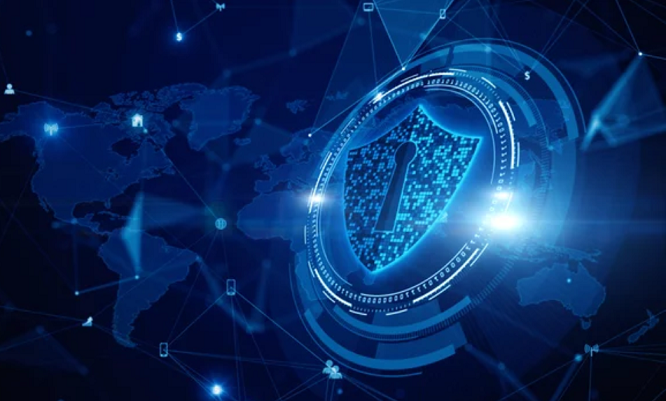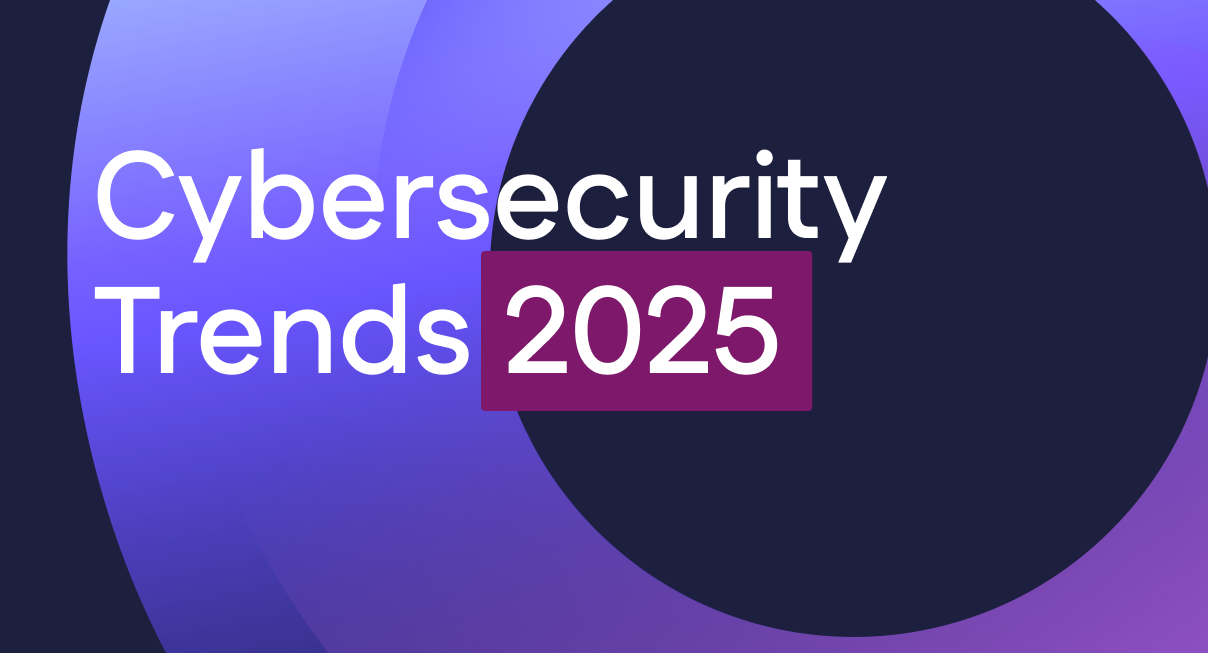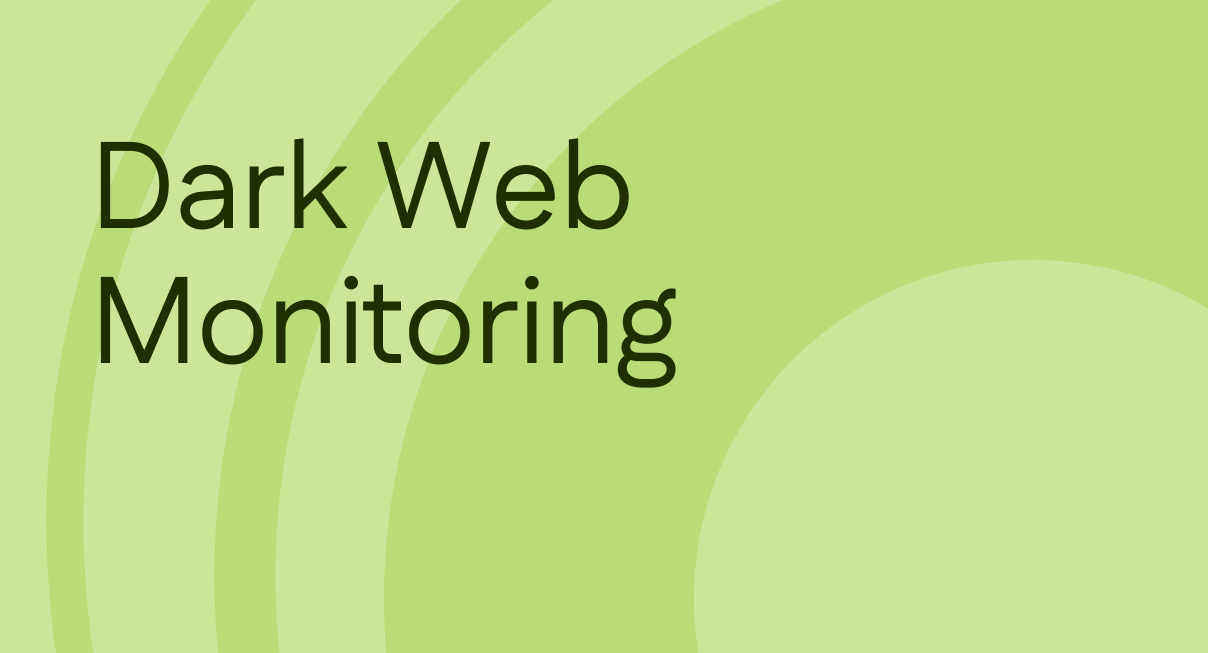Building Cyber Resilience: How to Safeguard Your Digital Fortress
In today’s hyperconnected digital landscape, cyber threats have become a critical concern for organizations across sectors. Building cyber resilience – the ability to withstand cyber intrusions and attacks – is no longer an option but a necessity.

What is Cyber Resilience?
Cyber resilience is the ability of an organization to withstand or minimize the impact of a cyber incident or attack. IT and security teams can improve their cyber resilience by instituting strong security controls focused on data protection and multiple layers of defense to keep intruders from reaching their end goals or impacting business operations.
To build or enhance your organization’s cyber resilience, you need a comprehensive strategy that covers multiple aspects of cybersecurity. In this blog post, we’ll explore eight crucial steps that can help you achieve just that:
Regular Vulnerability Scanning and Patching
Vulnerability scanning is akin to a health check for your digital infrastructure. It involves systematically probing your systems, applications, and networks to identify potential weaknesses that malicious actors could exploit. Once vulnerabilities are identified, patching them is essential. Regular patching ensures that your systems are equipped with the latest security updates and defenses and are free of security vulnerabilities.
Why It Matters:
- Vulnerabilities can both be an entry point for attackers, and enable further lateral movement once they have access. Identifying and patching them prevents unauthorized access, privilege escalation, and other steps in the attack chain.
- Regular scanning and patching reduce your organization’s attack surface, making it harder for threats to penetrate.
Conducting Sensitive Data Discovery Scans, Classifying Data, and Securing Critical Information
Data is the lifeblood of modern organizations. Sensitive data, such as customer information, financial data, PII, or intellectual property, is particularly enticing to cybercriminals. Conducting sensitive data discovery scans helps you identify where this valuable information resides within your digital ecosystem. Once located, it’s crucial to classify and protect it adequately. Encrypting sensitive data and creating backups are especially effective at limiting damage in cases where attackers already have access to the network
Why It Matters:
- Protecting sensitive data preserves your organization’s reputation and avoids legal consequences.
- Understanding data’s location and importance aids in targeted protection efforts, encryption planning, and backup creation.
Monitoring Access Controls and Tracking Active Directory
Effective access control is like a digital bouncer, allowing only authorized individuals to enter your digital fortress. It also ensures that in cases where attackers gain an initial entry point, privileged admin-level access is blocked. Active Directory is often the linchpin for these controls, making it a prime target for attackers. Regularly monitoring and auditing access controls is crucial to identifying and addressing unauthorized access or changes to permissions.
Why It Matters:
- Unauthorized access can lead to data breaches or unauthorized changes that disrupt operations.
- Monitoring Active Directory ensures that only trusted individuals have the keys to your digital kingdom and attempts to change access permissions are caught early.
Running Secure Configuration Scans on Operating Systems and Fixing Configuration Weaknesses
Operating systems and applications can have complex configuration options. A simple misconfiguration can expose vulnerabilities that attackers can exploit. Regularly scanning and reviewing these configurations help identify weaknesses and correct them before they are exploited.
Why It Matters:
- Secure configurations are often your first line of defense against common attack vectors.
- Preventing misconfigurations reduces the likelihood of successful cyberattacks.
Using a Tool to Monitor the Dark Web for Company Data
The dark web is the clandestine underbelly of the internet where cybercriminals trade in stolen data. Monitoring the dark web for mentions of your company data can provide early warnings of potential breaches. Specialized tools and services can help automate this process.
Why It Matters:
- Early detection of compromised data allows for swift action to mitigate damage.
- Proactive monitoring can deter cybercriminals who know their activities are being watched.
Mitigating Risk Based on the Scan Results and Establishing Accountability
Identifying risks is only half the battle. To boost cyber resilience, you must actively mitigate these risks. Establish clear accountability for risk mitigation efforts and ensure that action plans are in place to address identified vulnerabilities.
Why It Matters:
- Timely mitigation ensures that appropriate defenses are in place to reduce the likelihood and impact of cyberattacks.
- Accountability ensures that mitigation plans are executed and risks are actively managed.
Cyber Risk Assessment and Quantifying Risk in Numbers and Monetary Terms
Understanding your organization’s cyber risk is fundamental. Cyber risk assessments evaluate vulnerabilities, threats, and potential impacts, while quantifying risk assigns numerical or monetary values to these factors. This quantification enables you to prioritize risks and allocate resources effectively.
Why It Matters:
- Quantified risks allow for informed decision-making and resource allocation.
- Monitoring progress over time helps measure the effectiveness of risk mitigation efforts.
Assessing Compliance Requirements and Ensuring Alignment with Risk Management Efforts
For many organizations, compliance with industry or regulatory standards is a non-negotiable requirement. Assessing compliance needs and ensuring that your risk management efforts align with these requirements is essential. This alignment not only helps meet legal obligations but also enhances overall security.
Why It Matters:
- Non-compliance can result in legal consequences and reputational damage.
- Aligning with compliance requirements bolsters security and helps prioritize risk management efforts.
Conclusion
Cyber resilience is an ongoing journey, not a destination. By implementing these eight steps, you can strengthen your organization’s defenses, minimize vulnerabilities, and respond effectively to cyber threats. Remember, the digital landscape is ever-evolving, so adaptability and continuous improvement are key to maintaining a robust cyber resilience posture. Stay vigilant, stay secure!
Latest updates
View allTurn risk and compliance into revenue
Get a Demo








